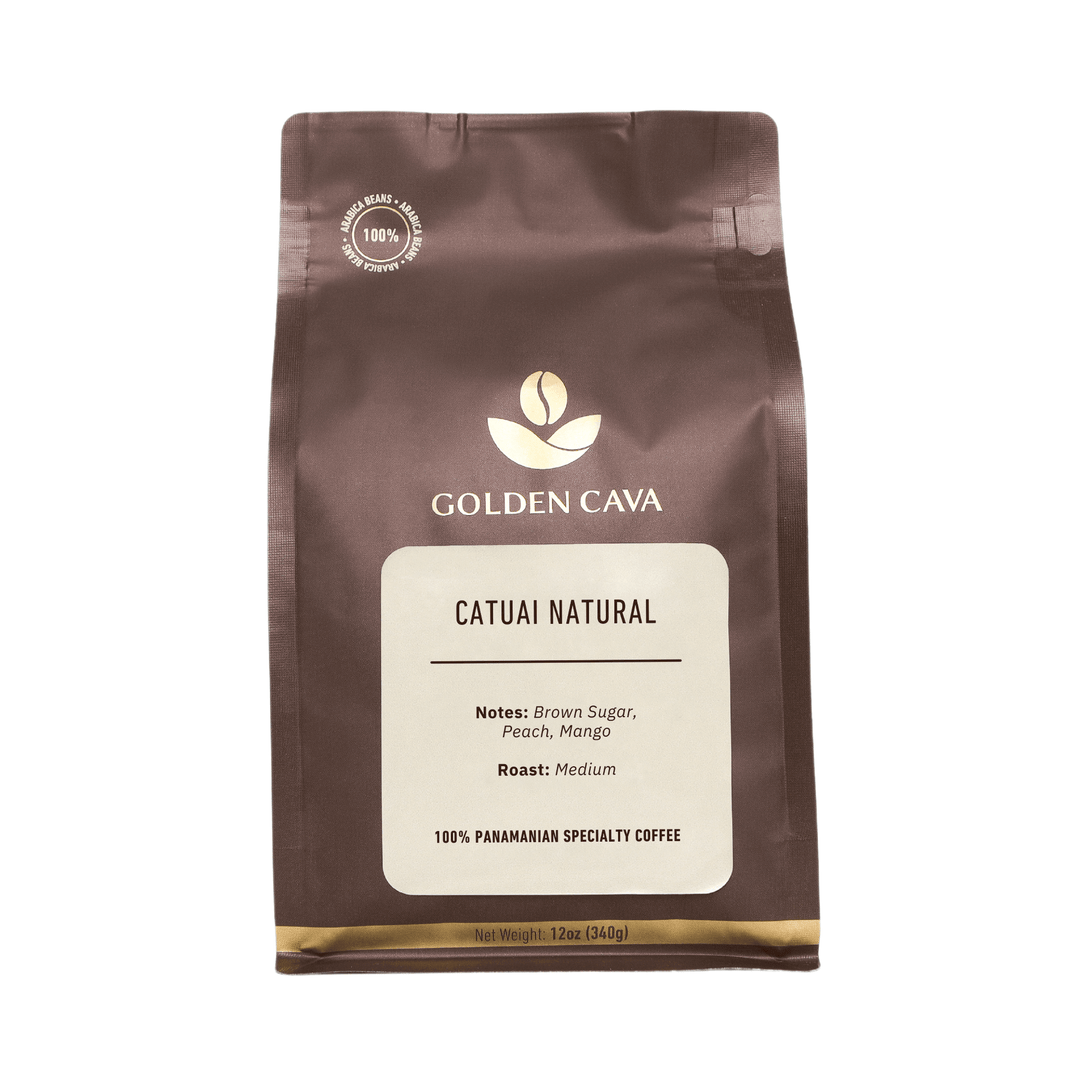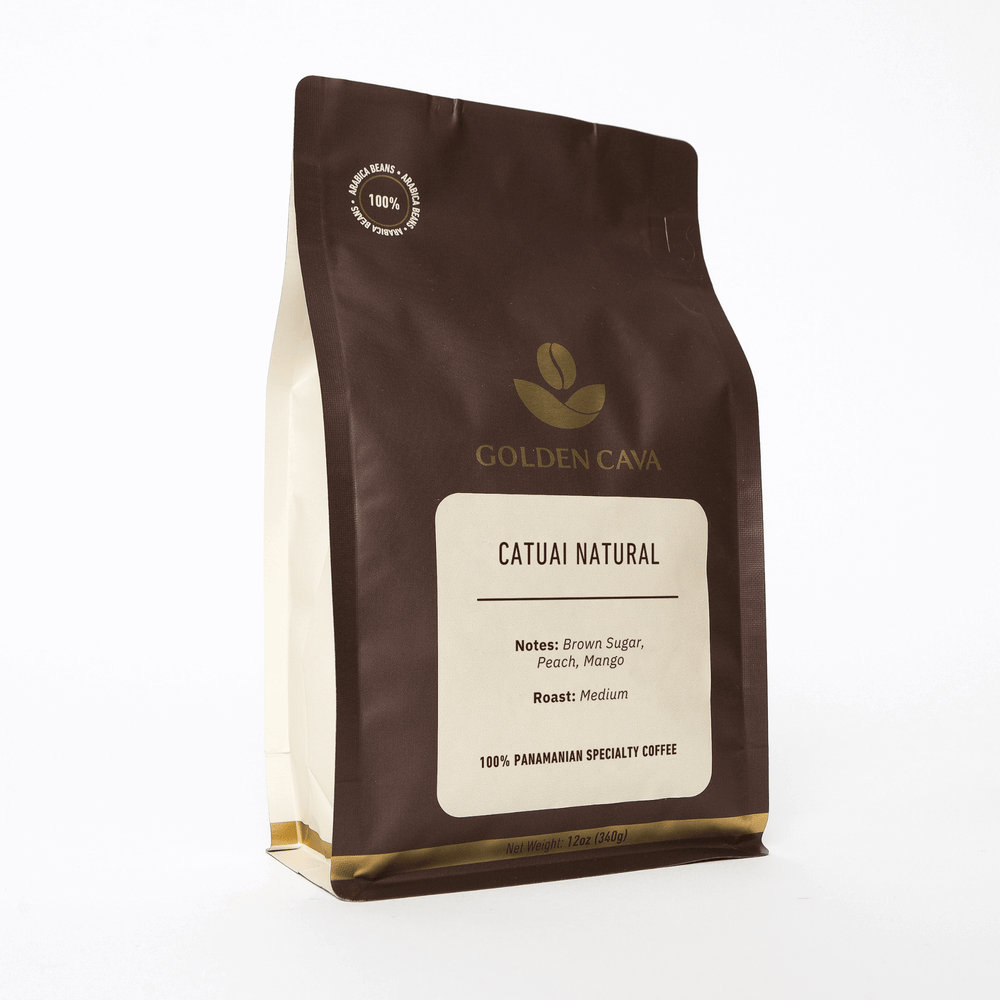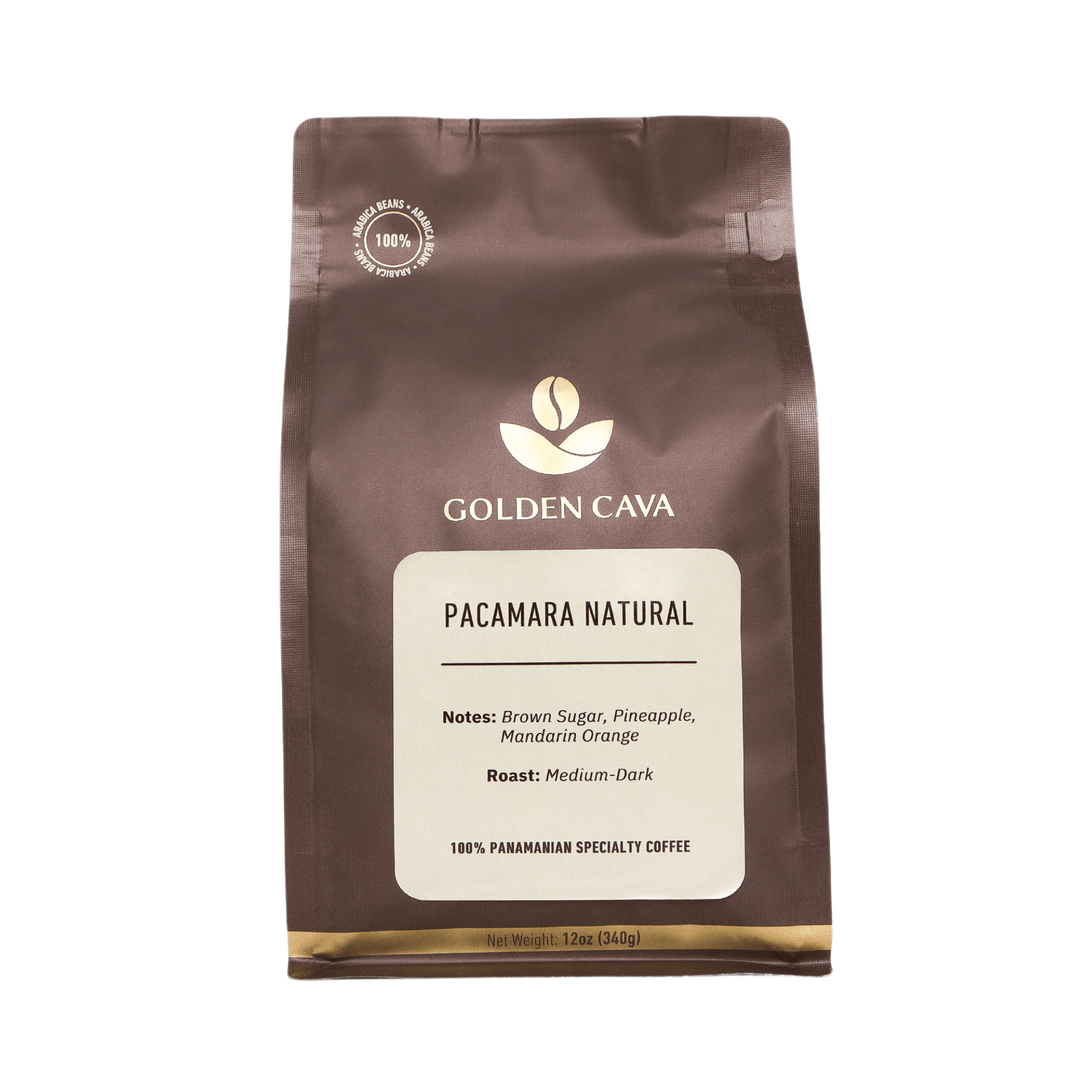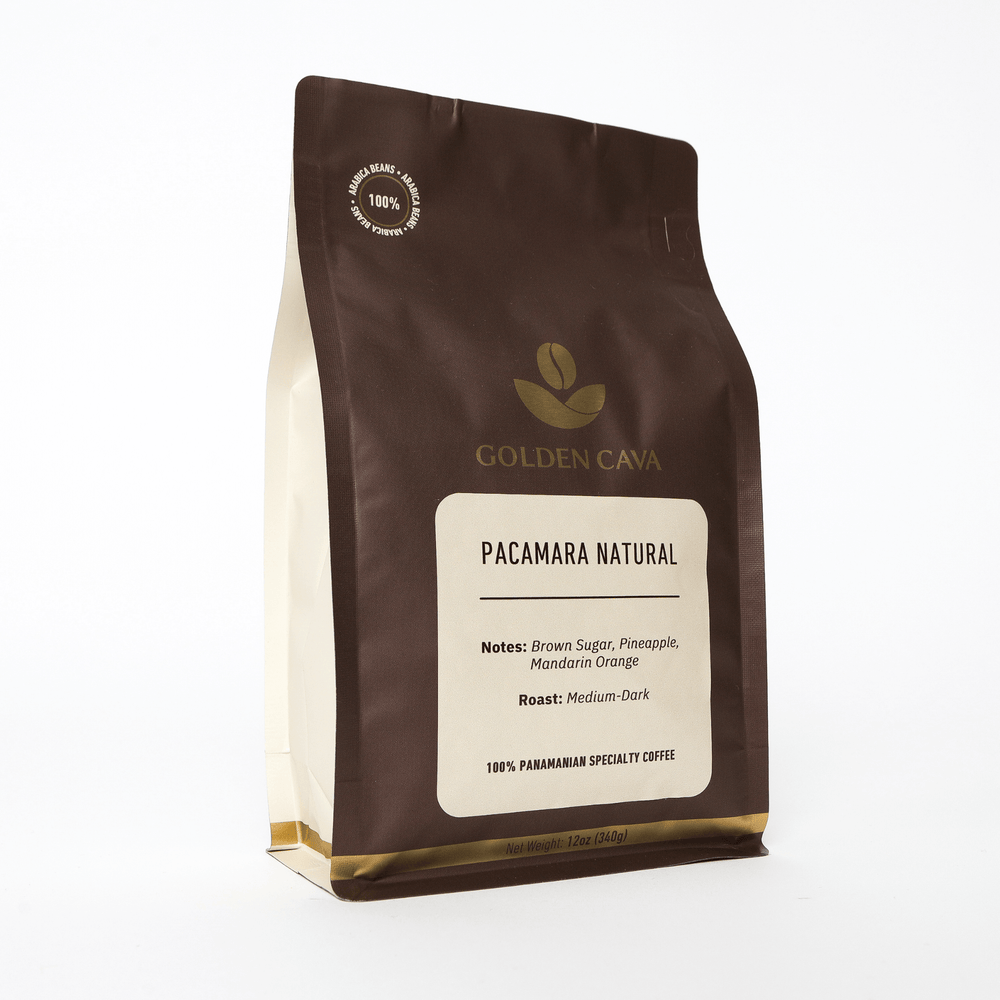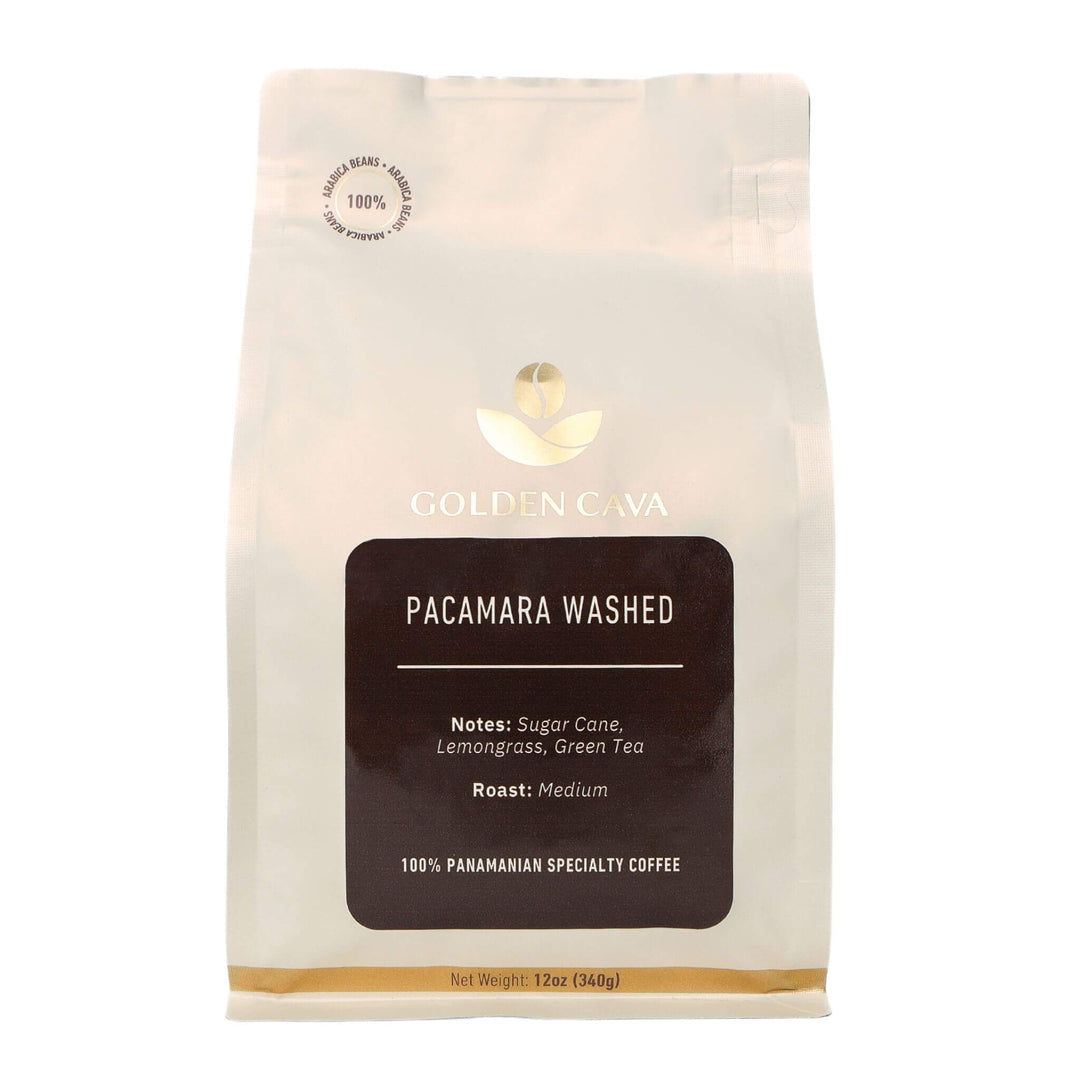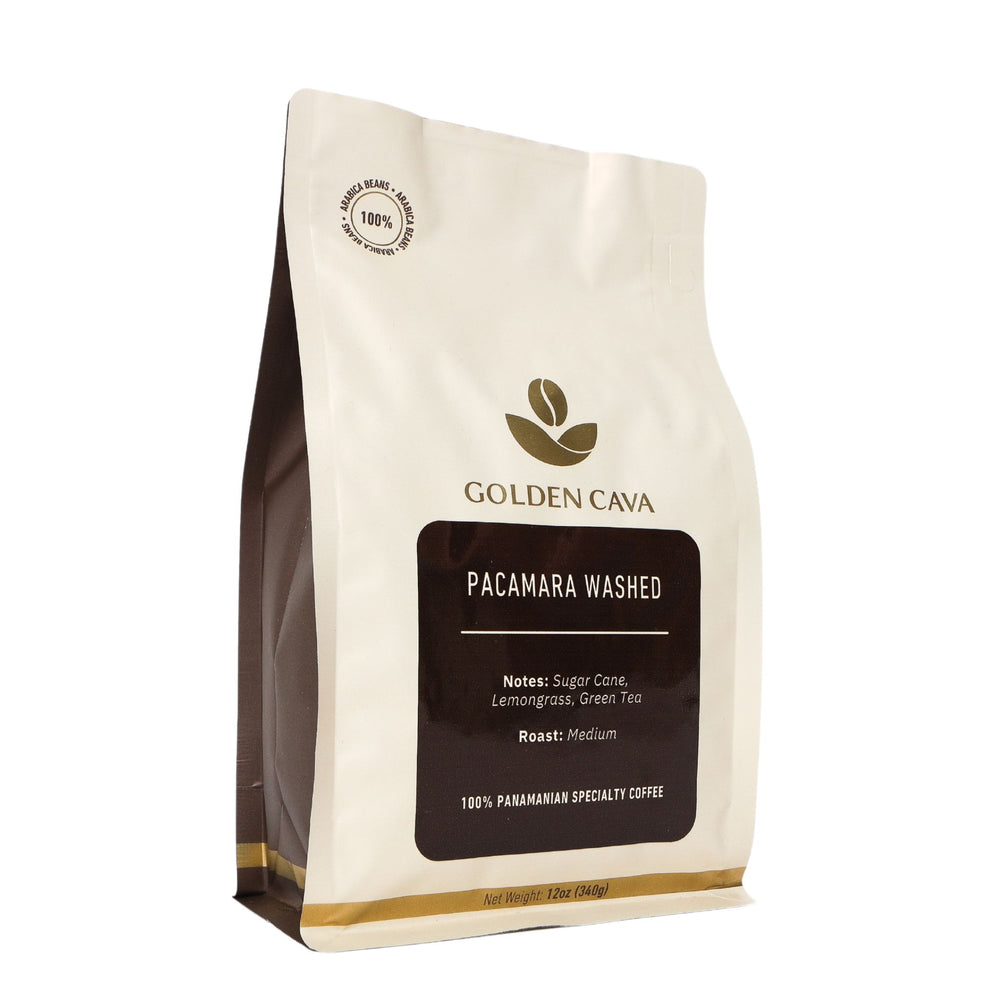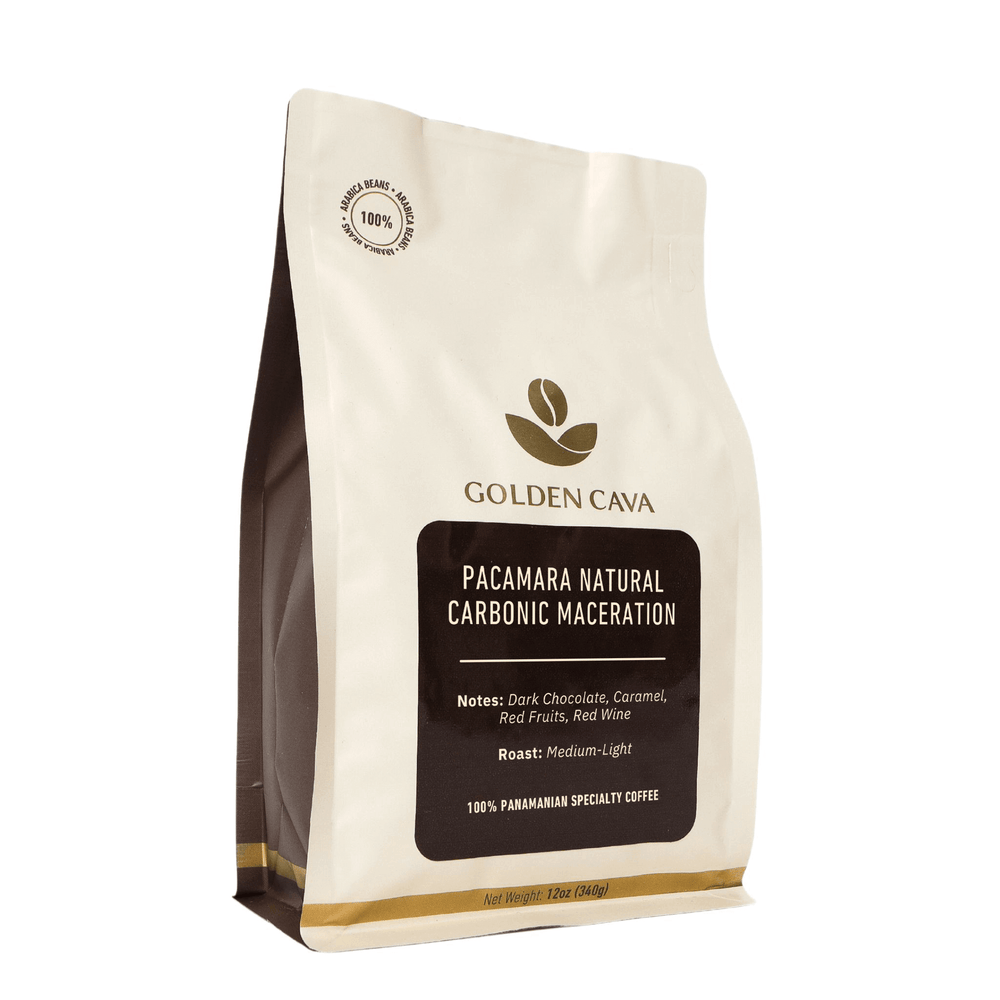Organic Compost Methods: Your Guide to Sustainable Farming
Organic compost methods can seem like a daunting task.
Let's face it, the thought of turning your kitchen scraps and yard waste into a nutrient-rich soil conditioner is intimidating...
Navigating through organic compost methods isn't always straightforward.
You might even be wondering if you're cut out for this whole sustainable farming thing. But let me tell you something...
This journey from novice to eco-conscious gardener is what separates the casual planter from the sustainable farmer.
If you don’t know how to create and manage an effective compost pile, reaching that level of sustainability may feel impossible.
Making quality organic compost isn't easy, folks.
Table Of Contents:
- 1. Discover the Benefits of Organic Composting
- Understand the Basics of Organic Composting
- Create Your Own Organic Compost
- 4. Maximize Your Organic Compost Results
- Reap the Rewards of Organic Composting
- FAQs in Relation to Organic Compost Methods
- Conclusion
1. Discover the Benefits of Organic Composting
Ever wondered about the secret to a flourishing garden?
The answer might just be hiding in your kitchen scraps and yard waste nonsynthetic substances.
Welcome to organic composting.
A natural process that transforms food waste, leaves, grass clippings into nutrient-rich soil amendments - improving soil organic matter content,.
This method is not only eco-friendly but also boosts plant growth significantly by increasing soil organic matter content.
- Sandy soils reduces bioavailability: By adding more organic material you can improve its water retention capacity and fertility.
- In clayey soils improves water retention: The added humus makes it easier for roots to penetrate deep into the ground promoting healthier plants with strong root systems.
Beyond Soil Health: Address Green Waste Compost Ruling
Moving beyond personal gardens, did you know on-farm composting could help us address green waste compost ruling at a larger scale? Yes indeed. It's an effective way of managing agricultural wastes while improving our agricultural soils simultaneously.
The National Sustainable Agriculture Information Service has reported increased microbial activity in organically managed fields which leads to higher total nitrogen content - essential for healthy plant growth.
An interesting study from eOrganic authors suggests how this practice can even offset unavoidable residual environmental contamination caused due overuse of synthetic fertilizers or sewage sludge application.
No wonder why so many farmers are turning towards organic farming methods these days.
Towards A Greener Future
We all have heard about recycling paper or plastic; what if we told you there's another form of recycling which helps mother nature?It's time we start viewing our food scraps as resources rather than garbage. This simple shift in perspective will go long ways helping us meet national sustainable agriculture information service guidelines & contribute positively towards environment conservation efforts.Are you ready?Let's dive deeper into understanding basics behind this fascinating composting process next...
Discover the secret to a flourishing garden with organic composting. Transform kitchen scraps and yard waste into nutrient-rich soil amendments for eco-friendly gardening. Improve soil health, water retention, and plant growth while addressing green waste compost ruling at a larger scale. Join the movement towards a greener future by viewing food scraps as resources and contributing to environmental conservation efforts through sustainable farming practices. Let's dive deeper into this fascinating composting process next...
Understand the Basics of Organic Composting
If you're looking to address green waste compost ruling in your space and improve soil organic matter content, this is for you.
The Fundamentals:
To start with, organic farming eorganic authors often refer to the process as 'on-farm composting' - it's all about using organic materials that are readily available on most farms.
You might be wondering what goes into an 'Organic Compost Pile'.
- Your kitchen scraps like vegetable peels and fruit rinds contribute significantly towards food waste which can be used effectively.
- Yard waste nonsynthetic substances such as leaves and grass clippings also make excellent additions.
- Avoid adding sewage sludge or any other potentially harmful substance that could upset crop nutrition balance or lead to unavoidable residual environmental contamination. This helps meet national organic program requirements.
In essence, creating an effective compost pile involves layering these different types of material together in specific ratios.
- Mix one part high-nitrogen materials (like fresh yard trimmings) with three parts carbon-rich items (such as dried leaves).
- This mixture should then sit undisturbed until microbial activity begins breaking down the components - usually within a few weeks' time.
Remember: The aim here isn't just reducing trash volume; we're trying to increase total nitrogen content while improving plant productivity primarily through better soil health.
This method works well even if you have sandy soils since it reduces bioavailability issues commonly associated with nutrient leaching. For those working with clayey soils - good news. It improves water retention capacity too.
With some practice and patience, you'll soon master how agricultural soils respond differently when enriched by increasing their soil organic matter content via this natural recycling mechanism.
Now let's move forward from understanding basics of organic farms onto actually making our own richly nutritious mound.
Understand the Basics of Organic Composting: Improve soil health and address green waste compost ruling by using readily available organic materials. Create an effective compost pile with kitchen scraps, yard waste, and specific ratios of high-nitrogen and carbon-rich items. Enhance plant productivity and soil quality while reducing bioavailability issues in sandy soils or improving water retention capacity in clayey soils. Master the art of enriching agricultural soils through this natural recycling mechanism. Let's make our own nutritious mound.
Create Your Own Organic Compost
Ready to begin your composting journey?
Let's get started by taking a deep dive into the composting process.
Step #1: Start with green waste and food waste from your kitchen or yard.
The EPA has some helpful tips on what can be added to your compost bin, emphasizing the importance of maintaining a balanced mixture.
Step #2:
Remember, balance is key.
Your organic matter should be a mix of "green," nitrogen-rich materials like vegetable peels and coffee grounds; and "brown," carbon-rich items such as leaves or straw.
Incorporating both types helps increase microbial activity which speeds up the decomposition process.
The On-Farm Composting Method
The National Sustainable Agriculture Information Service offers an excellent resource on this topic.
For those dealing with larger volumes of material - perhaps even agricultural soils - consider using an 'on-farm' approach.
Sewage sludge isn't allowed due to its potential for unavoidable residual environmental contamination.
But don't worry. There are plenty more options available that will help improve soil organic matter content without any risk factors involved.
Clayey soils improve water retention while sandy soils reduce bioavailability - two benefits that could drastically upset crop nutrition balance if not managed properly.
How can we circumvent these issues? By increasing soil organic matter content naturally via our own homemade compost.
It's time now to turn our attention towards creating optimal conditions within our compost piles so they can work their magic effectively...
Ready?
Let's move onto maximizing results in the next section.
4. Maximize Your Organic Compost Results
To maximize the efficiency of your organic composting, certain techniques should be employed.
Aeration:
The importance of oxygen in the compost pile cannot be overstated. It accelerates decomposition and helps increase soil organic matter content.
Temperature Control:
Maintaining an optimal temperature range in your on-farm composting operation plays a significant role as well. This ensures that sandy soils reduce bioavailability while clayey soils improve water retention, thus enhancing overall agricultural soil health.
In addition to these methods, it is suggested to turn over the heap periodically to evenly distribute heat and maintain consistency throughout. This practice also aids in avoiding any unavoidable residual environmental contamination from potentially harmful elements such as sewage sludge.
Remember, meeting national organic program requirements isn't just about adhering to regulations; it's about fostering sustainable practices that contribute positively towards our environment by addressing green waste compost ruling effectively.
By following these steps diligently, you'll see noticeable improvements not only in total nitrogen content but also enhanced microbial life leading to improved plant growth. These benefits are what make organic farming so appealing among organic authors and enthusiasts alike. So let's get started with maximizing those results.
Reap the Rewards of Organic Composting
You've done it.
You've embraced the composting process, addressed green waste compost ruling, and worked hard to improve soil organic matter content. Time to get the payoff.
The Impact on Your Garden
Briefly, composting will improve the soil structure and create an environment that encourages plant growth.
Composting enriches the soil, leading to a richer ecosystem that promotes plant growth.
Better Soil Structure with Organic Matter
Your sandy soils have reduced bioavailability no more; they are now enriched with nutrients due to added organic matter.
And what about clayey soils? Well,
Fulfilling National Requirements & Enhancing Crop Yield
Your on-farm composting efforts not only meet national organic program requirements but also enhance crop yield significantly. How so?
Adding yard waste nonsynthetic substances or food waste into your compost helps improve soil fertility and nutrient availability, resulting in higher crop yields.
FAQs in Relation to Organic Compost Methods
What are the methods of organic composting?
Organic composting methods include traditional compost piles, vermicomposting with worms, trench composting directly in garden beds, and bokashi fermentation using specific microorganisms.
What is the method of composting in organic farming?
In organic farming, aerobic decomposition is commonly used. This involves layering green (nitrogen-rich) and brown (carbon-rich) materials in a pile or bin to decompose naturally over time.
What are the 5 composting methods?
The five main types of composting methods are: hot or active composting, cold or passive composting, vermicomposting with worms, trench or pit composting and bokashi fermentation.
What is the most efficient method for making your own homemade Organic Compost?
Hot, also known as active, composting tends to be more efficient because it breaks down materials faster due to higher temperatures generated by microbial activity.
Conclusion
If there's anything we can take away from this guide on organic composting methods, it's that sustainability starts at home - or rather in our backyards!
Organic compost methods are more than just a way to recycle kitchen scraps and yard waste.
They're an essential tool in the sustainable farmer's arsenal, helping to improve soil fertility and plant health.
The journey from novice composter to eco-conscious gardener is one filled with rich rewards for both you and your garden.
You've discovered that creating quality organic compost isn't as daunting as it seems. It's all about understanding the basics, using simple tools, and applying effective techniques.
Aeration, temperature control, moisture levels - these aren't just buzzwords but key elements in maximizing your compost results.
Join us today at #. Let's explore together how sustainable farming practices like organic composting can enhance our experiences - whether it's from using your specialty coffee grounds in your compost or incorporating more sustainability practicces.

